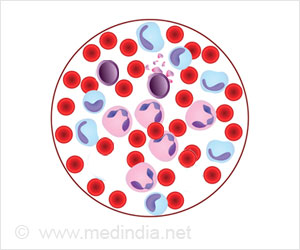“Even though there is mounting interest, mast cell diseases are quite understudied; there are probably many people who go through life as some sort of ‘medical mystery,’ unaware of that diagnosis,” says lead investigator Charles Schuler, M.D., a clinical assistant professor of allergy and immunology at Michigan Medicine.
“One way to find them is to find people with a venom allergy. This research strongly supports that and will help us more properly treat these patients.”
Severe allergic reaction to a bee sting can often be the first sign of mastocytosis. It’s the most common anaphylaxis trigger in that patient population.
“While mastocytosis diagnoses are more prevalent in U.S. venom allergy patients, the numbers are significantly higher in Europe”, says Cem Akin, M.D., senior author and clinical professor of allergy and immunology at Michigan Medicine.
“This suggests that there may be differences in sensitization patterns to bee and wasp venoms between Europe and the U.S.,” Akin says.
“However, the European numbers may be overestimated due to referral and patient selection bias, as most of the centers publishing on the topic are referral facilities for mastocytosis. While Michigan Medicine is one of the world’s largest referral centers for mastocytosis, we also have a large population of patients we follow for venom allergy.”
The study included a five-year analysis of patients with history of severe venom allergy who underwent venom desensitization immunotherapy at Michigan Medicine. Elevated levels of tryptase, a chemical secreted by allergy cells, may predict if a person is at higher risk for reaction to immunotherapy.
“This study helps us account for the side effects or adverse outcomes associated with our current therapy,” Schuler says. “Knowing this, allergists can be more watchful during sessions and watch for systemic reactions.”
This study started out as a Michigan Medicine quality assurance project, and the paper is now the most comprehensive analysis of incidence of hymenoptera venom allergy and mastocytosis in the country, says James Baldwin, M.D., chief of Michigan Medicine’s division of allergy and clinical immunology.
“It creates a picture of the burden of these conditions,” Baldwin says. “It will inform both future research and public policy decisions in the field moving forward.”
Source: Medindia



